Why Do Some Brands Offer More Than One Hybrid Model?
Why are there so many different hybrids? Here, we analyze the most versatile woods in golf to help you pick one that’s best for your game


Why Do Some Brands Offer More Than One Hybrid Model?
Hybrids are an easy-to-hit versatile replacement for longer irons. They offer more playability at the top of your bag and combine the precise qualities of an iron club with the hitting power of fairway woods.
Hybrids certainly make the game easier as our swing speed slows and our physical strength starts to decline. Just look at the varied make-up of today’s new iron sets, such as 5-PW, it’s clear that most golfers prefer using hybrids to hitting 3 or 4 irons.
One question we are asked a lot is why do equipment manufacturers develop so many different hybrid models and what are the benefits of each different design. The simple explanation is that hybrid designs are aimed at different ability and skill levels within golf.
Applying club design technologies to hybrid clubs can help solve a whole range of problems golfers face, such as how to hit longer shots from rough lies or hold the green from distances of 200 yards out.
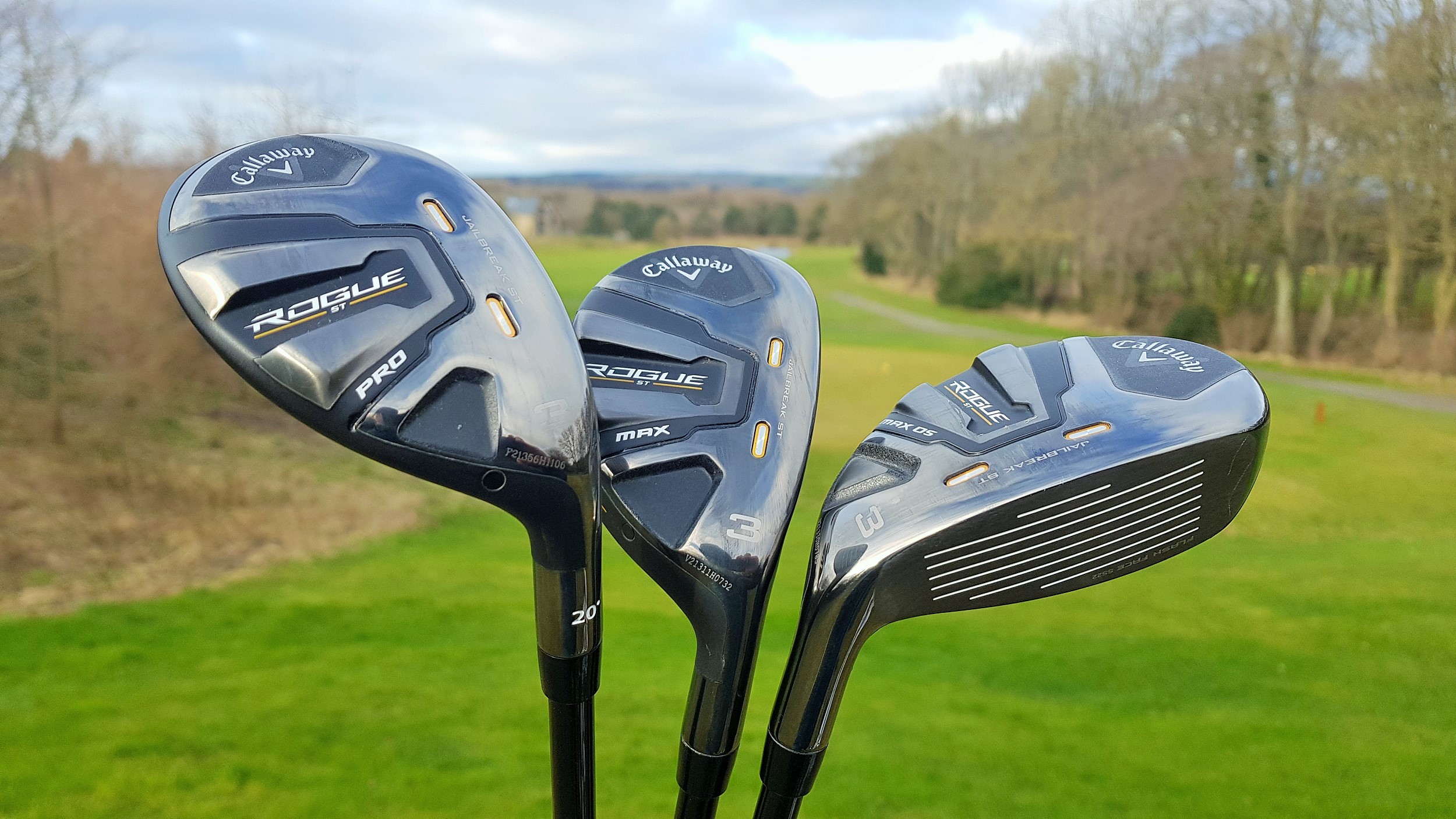
Choosing the right hybrid for you comes down to a good analysis of your strengths and weaknesses in the long game and knowing which skill and loft gaps you need to fill within your bag.
Originally, the best hybrid golf clubs were designed to offer a direct replacement to harder to hit long irons, such as the 1, 2, 3 and 4 irons. More recently, hybrid lofts have increased to replace the 5 and 6 iron slots, especially for higher handicap golfers and seniors.
Subscribe to the Golf Monthly newsletter to stay up to date with all the latest tour news, equipment news, reviews, head-to-heads and buyer’s guides from our team of experienced experts.
They look like woods and can be swung and hit like irons, with a descending blow rather than the sweeping motion you’d associate with hitting a 3 or 5 wood. Hybrids though generally launch higher and easier, come down softer on the green and are easier to hit from rough grass or cuppy lies.
They can also be used inventively around the green as an alternative to the bump and run shot or putting from off the green. Today, there are so many different hybrid models, all offering specific performance benefits for golfers.
Compact And Iron-Like
The traditional choice of lower handicappers and better players, hybrids with a compact profile and iron-like appearance are usually favored for their shot-making prowess and workability.
The slimmer heads usually have a deep face and a higher toe, with more weight consolidated there to balance out the MOI (moment of inertia) and reduce the rotational twist of the clubface as it strikes the ball.
These are the most difficult hybrids to hit consistently well but if your ball striking is good, this model allows you to hit it low, high and shape shots both ways for maximum playability.
On the downside, the extra weight in the toe can encourage a right to left shot shape. A draw is fine but we all know that a hook doesn’t listen. Good examples of iron-like hybrids aimed at better players are the Titleist TSi3 and the Cobra LTDx.
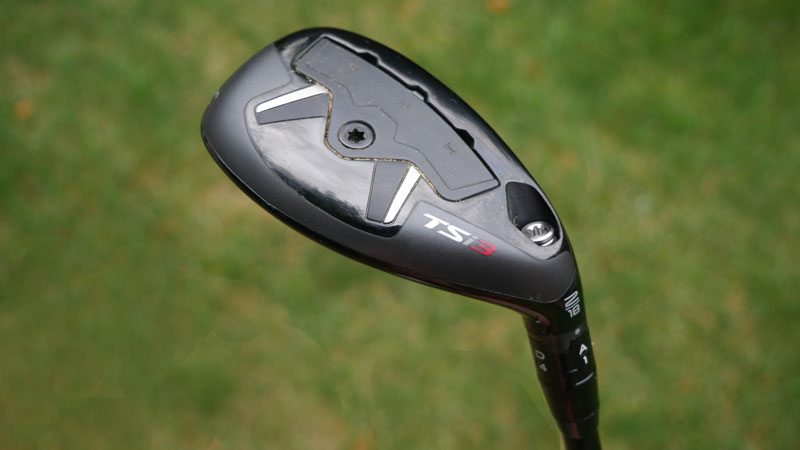
Cobra’s passion for the iron-like hybrid concept extended to it partnering with KBS to fit PGR shafts in this model that have the tolerance of a steel shaft with the weighting and speed of graphite.
The TSi3 in particular shows how far technology in hybrids has developed. It can be adjusted across 16 different loft and lie settings using a weight track in the sole and Titleist’s SureFit Hosel Technology.
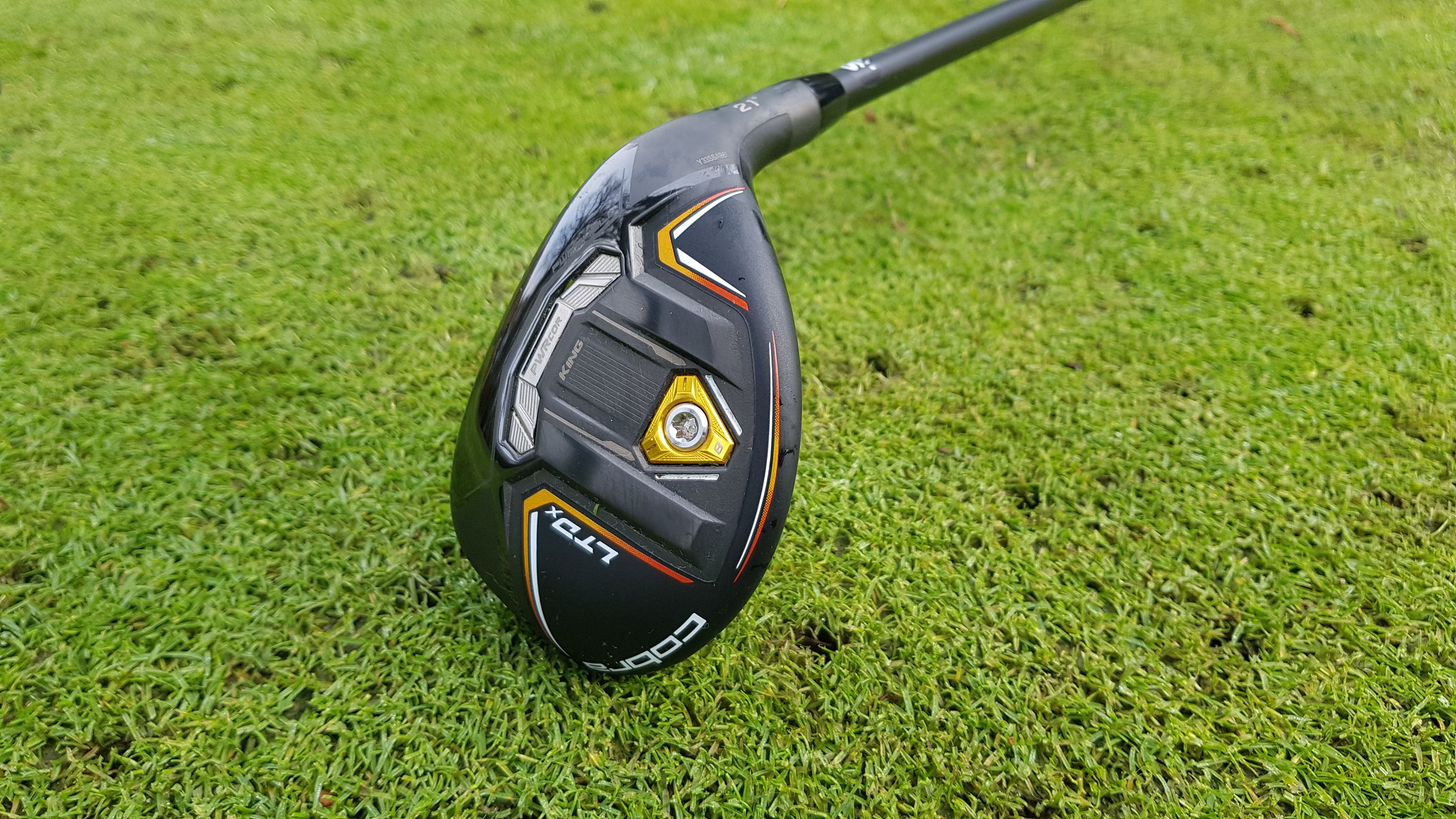
Mini Fairway Woods
Manufacturers have different ways of describing hybrids that are essentially mini fairway woods, with a shallower face and deeper heads. Whether it’s called OS (oversize) or Max, these bulkier hybrids are built with key performance characteristics in mind – forgiveness, higher launch and green holding spin.
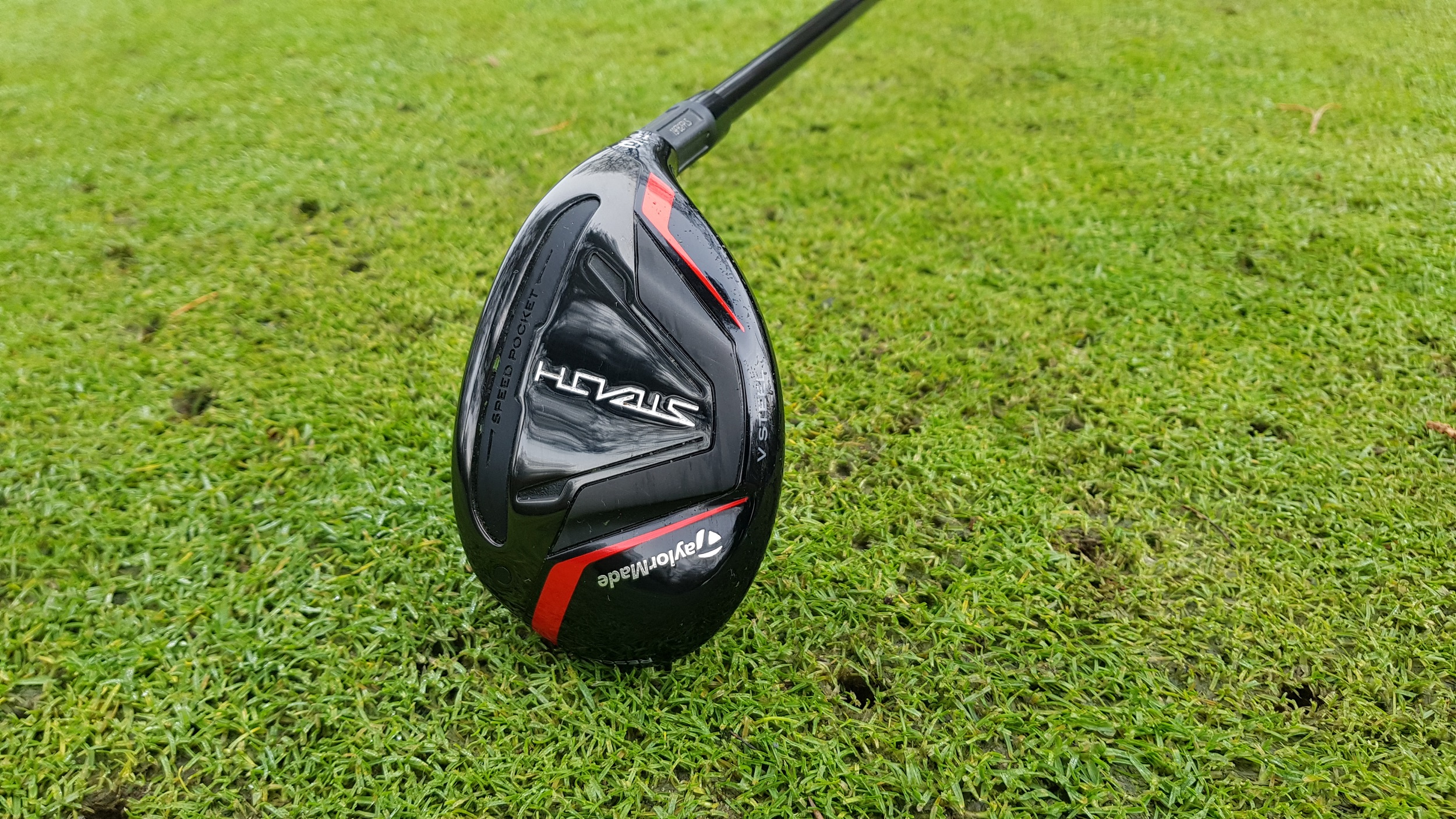
Whereas compact hybrids can sit a little ‘toed-in’ and encourage a draw flight, the oversized hybrids look squarer at address and are generally easier to launch higher and straighter. The TaylorMade Stealth Rescue and the Callaway Rogue ST Pro and ST Max are highly forgiving and accurate versions of this design.
Another benefit of using an oversized hybrid is that they are much easier to hit out of rough than fairway woods, which helps on par fives and with approach shots into long par fours.
For golfers who value consistent contact, ease of use and a confidence inspiring head profile, they’d benefit from using the most forgiving hybrids with an oversized or fairway-wood like design.
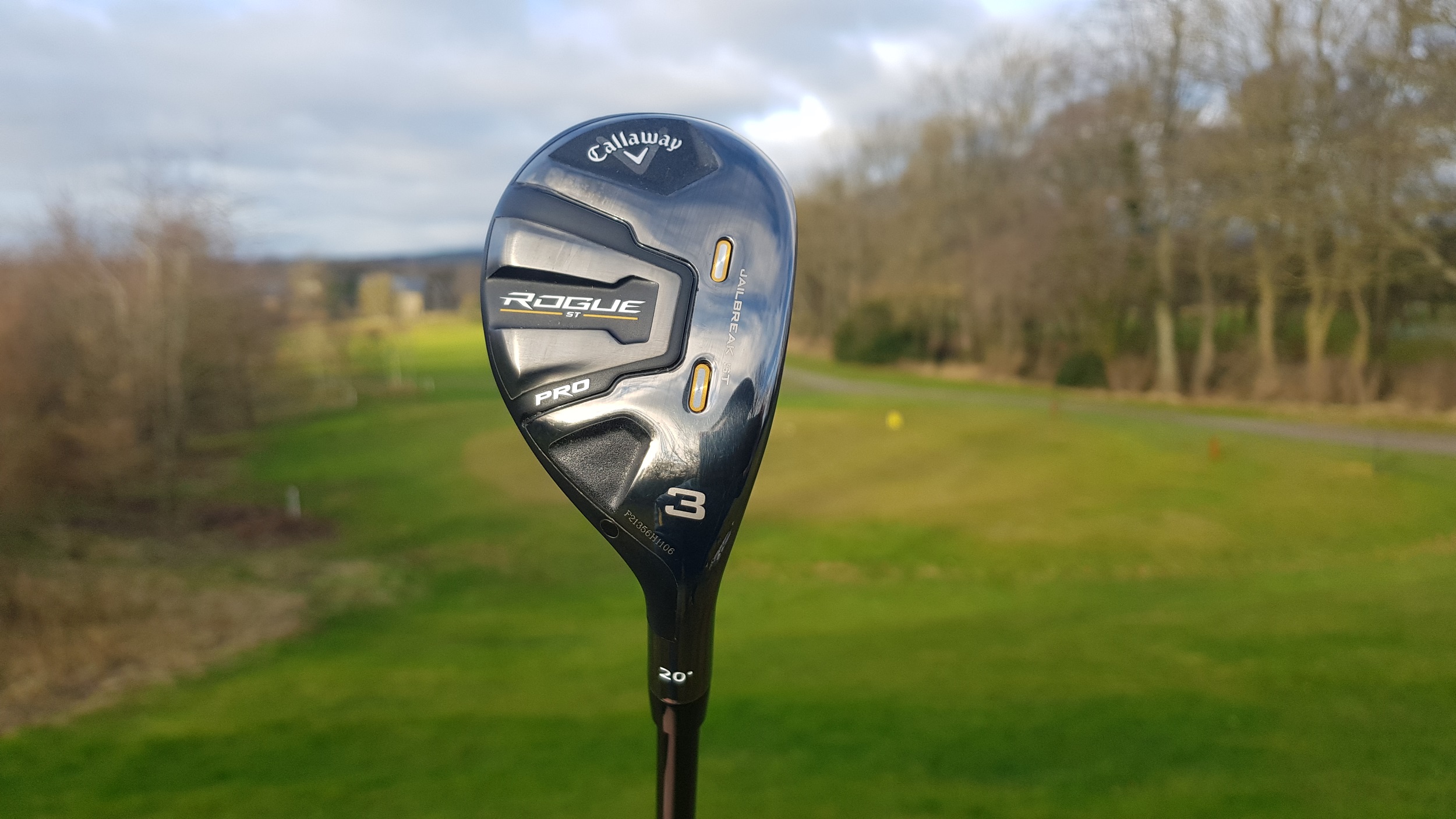
Super Hybrids
While hybrids were first intended to replace long irons, a new genre of ‘super-hybrids’ or hybrid-fairways offer a versatile alternative to traditional three and five woods. For golfers who have difficulty hitting fairway woods off the deck or generating enough speed and high launch to hold greens, ‘super hybrids’ are a game changer.
Callaway’s Apex UW (utility wood) was designed in collaboration with leading PGA Tour players, who wanted to bridge the gap between a three wood and a driving iron. It made Golf Monthly’s Editor’s Choice List in 2022.
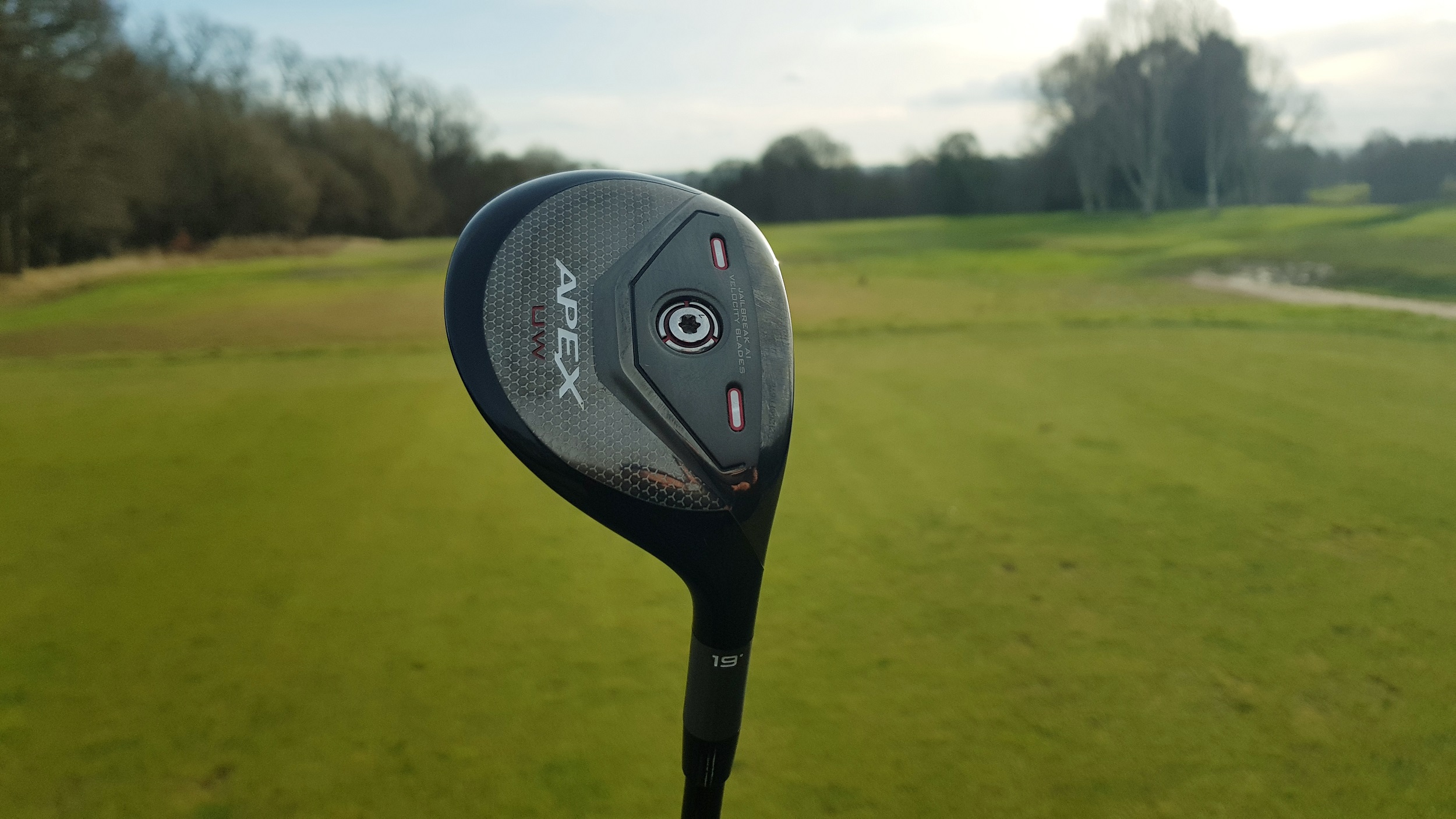
Super hybrids are clubs that look and feel like a hybrid but provide the distance and power of fairway woods. The Titleist TSi1 and the Cleveland XL Halo HY-Wood are other options for players who want a hybrid with a low centre of gravity that launches it high and hits it far.
Our testing showed that super-hybrids were longer than traditional hybrids in the same loft, thanks to subtle tweaks such as a slightly longer shaft and more space to distribute weight and technology in the head that promote higher launch and faster ball speeds.
If you are looking for inspiration and expert buying advice as to which hybrid model will work best for you, check out out our guides to the best Callaway hybrids, the best hybrids for seniors and high handicappers.
Matthew Moore fell in love with golf hitting an old 3-iron around his school playing field imagining rugby posts were flags and long jump pits as bunkers.
He earned golf scholarships to the University of St Andrews and Emory University, Atlanta, U.S.A and dreamed of playing professionally before training as a journalist.
He has worked at Golf Monthly and CNN Sports as well as covering golf news, features, products and travel as a freelance writer and TV presenter for newspapers, magazines and corporate clients. Matthew has interviewed Ryder Cup Captains, Major Champions and legends of the game and rates sharing a glass of rioja and a bowl of nuts with Miguel Angel Jimenez as his favourite moment. Matthew plays off 1, has won five club championships and aced the first hole of Augusta National’s Par-3 course in 2002.
